Imagine you’re in your backyard, ready to tackle a weekend DIY project, constructing a beautiful wooden deck for your home. Your skill saw is your faithful companion for precision cuts, but you’re unsure if your 2000-watt generator can handle the load.
Yes, a 2000 watt generator can run a skill saw, but there are several factors that need to be considered before attempting to power your saw with such a small generator.
Understanding generator capacity (maximum wattage output) for power tools is important for safety and efficiency in your undertakings. On the other side, before using a power tool like a skill saw with a generator, it’s critical to understand its wattage requirement (including start-up watts).
Let’s explore the world of generator wattage, and power tool requirements, and find out if your 2000-watt generator can indeed be your go-to partner for these creative endeavors.
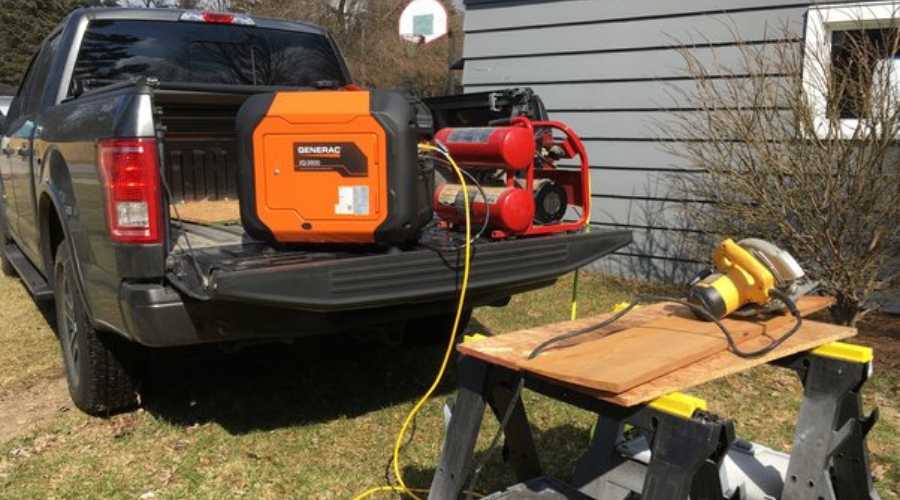
Understanding Generator Wattage
Generator wattage refers to the amount of power a generator can produce, measured in watts. It is one of the most important factors to consider when purchasing a generator, as it determines the number and type of appliances that can be powered by the generator.
The wattage of a generator is determined by its engine size, alternator output, and efficiency. You will find generators from 800 watts to 500000 watts range on the market. It is important to match the generator wattage to the power requirements of the devices or space you plan to power.
If the generator wattage is not sufficient, it can lead to damage to the generator, appliances, or both.
Therefore, it is essential to understand generator wattage and its importance before making a purchase.
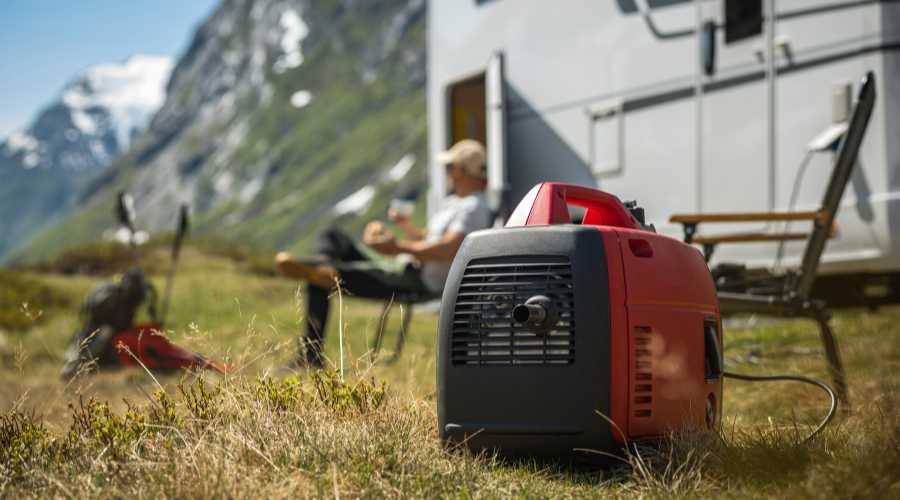
Power Requirements Of A Skill Saw
Skill saw basically the first type of circular saw. It is essential to know the power requirement of a skill saw or circular saw to run with a 2000 watt generator.
In the following section, we will explore the types of skill saw and their power requirement to understand whether a 2000 watt generator is sufficient to run a skill saw or not.
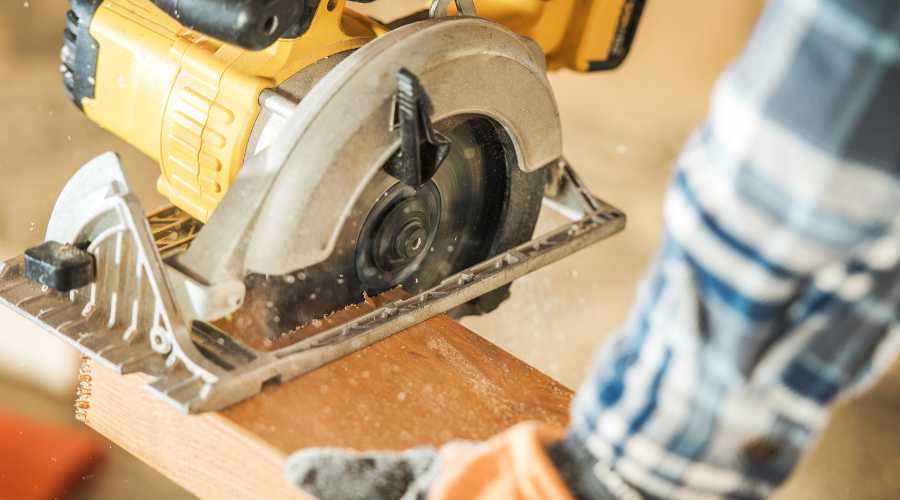
Types of Skill Saws and Their Power Requirements:
As previously said, a skill saw is essentially a circular saw. We discovered three sorts of circular saw applications: the circle saw itself, the miter saw, and the table saw. Let’s look at the power requirements of these three saws.
a. Circular Saw:
Circular saws are versatile workhorses commonly used in woodworking and construction. The power wattage of a circular saw varies depending on the size and type.
They typically require an average power range of 1400 to 1800 watts for continuous operation. However, it may be required up to 2400 watts start-up power for spinning at first time.
This makes them compatible with a 2000-watt generator, provided there isn’t a high concurrent load.
b. Miter Saw (Compound or Sliding Compound Miter Saw):
Miter saws are known for their precise angled cuts, perfect for framing and molding.
These saws generally demand more power due to their larger blades and motor strength. Their power requirements can range from 1500 to 1800 watts for steady operation.
c. Table Saw:
A table saw is a woodworking tool with a circular saw blade mounted on an arbor, driven by an electric motor. It is designed to make precise cuts through wood, plastic, and other materials with ease and efficiency.
The wattage requirement of a table saw varies depending on the size and power of the motor, as well as the type of work being performed. Typically, a table saw will require between 1800 and 2200 watts to operate effectively.
Running Vs Starting Wattage:
Understanding the distinction between running and starting wattage is essential for assessing whether a 2000-watt generator can handle a skill saw.
Running Wattage:
This refers to the power a tool consumes while in normal operation. It’s the sustained load on the generator. For most circular saws, this falls within the 1200-1500-watt range.
Starting Wattage (Surge Wattage):
When a power tool starts, it often requires a brief surge of higher power to overcome initial resistance. This surge can be significantly higher than the running wattage but only lasts for a fraction of a second.
For skill saws, the starting wattage may be around 1800–2200 watts.
Common Skill Saw Power Ratings:
7-1/4 inch Circular Saw: Typically consumes 1200–1500 watts during operation, with a starting wattage around 1800–2000 watts.
10-inch Miter Saw: Requires approximately 1500–1800 watts for normal operation, with a starting wattage of 1800–2200 watts.
Here, find a table for listing the wattage requirements for various types of skill saws, including both starting and running wattage:
| Skill Saw Type | Starting Wattage (Watts) | Running Wattage (Watts) |
|---|---|---|
| 7-1/4 inch Circular Saw | 1800 – 2000 | 1200 – 1500 |
| 10-inch Circular Saw | 1800 – 2200 | 1500 – 1800 |
| Miter Saw (Compound) | 1800 – 2200 | 1500 – 1800 |
| Table Saw | 2500 – 3500 | 1800 – 2500 |
| Jigsaw | 300 – 800 | 300 – 700 |
| Band Saw | 800 – 1500 | 500 – 1000 |
From the above table chart, it’s clear that you can run a 7-¼ inch circular saw or jigsaw or band saw safely with a 2000-watt generator.
However, these power requirements may vary slightly among different brands and models, so always consult your tool’s manual or specifications for precise wattage details.
When using a 2000-watt generator with a skill saw, be mindful of any additional power loads to prevent overloading the generator and ensure safe and efficient operation on your woodworking projects.
How Many Watts Do I Need To Run A Skill Saw?
Calculating the power needs of a skill saw and determining the generator capacity required involves a straightforward process. Here’s a step-by-step guide to help you with this calculation:
Step 1: Identify the Skill Saw Wattage Ratings
First, determine the wattage requirements of your specific skill saw. You can usually find this information in the tool’s user manual or on a label attached to the tool itself. It will provide both the running wattage and starting wattage.
Step 2: Account for Starting Wattage
Pay attention to the starting wattage of the skill saw. This is the maximum power it momentarily requires when you switch it on. If you plan to use other tools simultaneously, add their starting wattages to this value.
Step 3: Add Running Wattage
Identify the running wattages of all the tools you intend to use simultaneously with the skill saw. These values represent the continuous power consumption during normal operation. Sum up the running wattages of the skill saw and the additional tools.
Step 4: Calculate the Total Power Needs
You can use the following formula to calculate the total power requirement of the tools you want to run with your generator.
Total Power Needs = Skill Saw Starting Wattage + Sum of Running Wattage of All Tools
For example, if you’re using a circular saw (starting wattage: 2000W, running wattage: 1500W) along with a jigsaw (starting wattage: 500W, running wattage: 400W), your total power needs would be:
Total Power Needs = (2000W – Skill Saw Starting) + (1500W – Skill Saw Running) + (500W – Jigsaw Starting) + (400W – Jigsaw Running) = 4400W

Step 5: Factor in Surge Capacity
Generators have surge capacity, which is higher than their rated capacity (continuous running wattage). Ensure that the generator you plan to use can handle the total power needs you calculated in Step 4. It should have a surge capacity that exceeds this value.
Step 6: Choose the Right Generator
Based on the total power needs you calculated, choose a generator with a rated wattage that comfortably exceeds this value.
A 2000-watt generator might be sufficient for smaller tasks involving a circular saw and a jigsaw, but for more power-hungry tools or multiple tools, you might need a higher-capacity generator.
Step 7: Safety Precautions
Always prioritize safety when working with generators and power tools. Ensure that your generator is in good condition, use appropriate extension cords, and follow all safety guidelines outlined in the user manuals of your tools and generator.
By following these steps, you can accurately calculate the power needs of your skill saw and any additional tools you plan to use.
This ensures that you choose the right generator capacity to power your equipment safely and efficiently during your woodworking projects.
Will A 2000 Watt Generator Run a Skill Saw?
To determine whether a 2000-watt generator can effectively power a skill saw, we need to evaluate its capacity relative to the specific requirements of skill saws and the real-world scenarios woodworkers and DIY enthusiasts encounter.
Assessing Generator Capacity:
A 2000-watt generator is a versatile power source, but its ability to run a skill saw depends on several factors. Skill saws come in various types, with differing power demands.
For instance, a standard 7-1/4 inch circular saw typically has a starting wattage of around 1800-2000 watts and a running wattage of 1200-1500 watts. This suggests that a 2000-watt generator can handle such a saw under normal operating conditions. However, it leaves little room for additional power loads.
On the other hand, a larger tool like a 10-inch miter saw, with starting wattage ranging from 1800 to 2200 watts, may occasionally push the limits of a 2000-watt generator.
Thus, the compatibility of a 2000-watt generator with a skill saw depends on the specific saw type and any additional tools in use.

Real-World Scenarios and Practical Tips:
In practical terms, using a skill saw with a 2000-watt generator is feasible for a variety of DIY projects and woodworking tasks. To ensure smooth operation:
- Prioritize tool sequencing: Start the skill saw separately before any other power tools to minimize the initial surge in wattage demand.
- Avoid simultaneous high-demand tools: Be cautious when using power-hungry tools in conjunction with the skill saw, as this may exceed the generator’s capacity.
- Opt for efficient saw models: Choose skill saws with lower starting wattage if you anticipate frequent use with a 2000-watt generator.
- Regular maintenance: Maintain your generator and tools in good working condition to optimize performance and minimize power wastage.
Addressing Potential Issues:
Users may encounter challenges when using a 2000-watt generator with skill saws, particularly in situations where the generator is at or near its rated capacity. Potential issues include:
- Overloading the generator: If the combined wattage of the skill saw and other tools surpass 2000 watts, the generator may overload, leading to power disruptions or damage.
- Reduced efficiency: Running a generator at or near its capacity for extended periods can reduce its efficiency and lifespan.
- Tripping circuit breakers: Frequent trips due to overload can be inconvenient and potentially unsafe.
Therefore, it is proof that a 2000-watt generator can run various skill saws, but its suitability depends on the specific type of saw, tool sequencing, and load management.
For optimal performance and safety, it’s essential to assess your power needs, choose tools wisely, and avoid overloading the generator.
If your projects demand consistent use of high-demand tools, considering a higher-capacity generator may be a prudent choice.
What Can I Run Off A 2000 Watt Generator?
A 2000-watt generator is a versatile and portable power source that can handle a variety of appliances and tools, but its capacity has limitations.
Here’s a list of common devices and appliances you can typically run off a 2000-watt generator:
Lighting: Multiple LED or CFL light bulbs, including room lighting and outdoor lighting.
Household Appliances:
- Refrigerator (800-1200 watts while running, higher during startup)
- Freezer (800-1200 watts while running, higher during startup)
- Microwave (600-1200 watts)
- Toaster (800-1500 watts)
- Coffee maker (800-1200 watts)
- Electric kettle (1200-1500 watts)
- Fans (varies by type, typically 50-100 watts)
- Small space heaters (1000-1500 watts, for short periods)
Electronics: Laptops, tablets, smartphones, and chargers for small electronic devices.
Power Tools: Many power tools are used for DIY projects, including:
- Circular saws (up to 1500 watts)
- Drills
- Sanders
- Jigsaws
- Handheld grinders
- Air compressors (for smaller models)
Outdoor Equipment:
- Electric chainsaws (vary by size and model)
- Leaf blowers (typically under 1500 watts)
- Electric lawn mowers (typically under 1500 watts)
- Small electric pressure washers (typically under 1500 watts)
Camping/RV Equipment:
- Small electric grills
- Portable heaters or fans
- RV air conditioners (only if it’s a smaller unit)
Emergency Power: Charge essential devices during power outages, such as smartphones, medical equipment (if within the generator’s capacity), and lighting.
It’s important to note that the total power load should not exceed 2000 watts to avoid overloading the generator. Also, some appliances have higher starting wattage (surge wattage) than their running wattage, so consider this when using them with your generator.
Always consult the manufacturer’s specifications for your specific appliances and tools to ensure compatibility with your 2000-watt generator.
Will A Honda 2000 Generator Run A Skill Saw?
Yes, a Honda 2000 generator is typically capable of running a standard 7-1/4 inch circular skill saw, which falls within the generator’s capacity.
However, it’s crucial to ensure that the saw’s starting wattage, usually around 1800-2000 watts, doesn’t overload the generator during startup.
Managing your power tool sequencing and load properly will help ensure safe and efficient operation.

Alternatives And Upgrades Of A 2000 Watt Generator
As previously said, running skill saws with a 2000 watt generator are conceivable, but there are some potential concerns. Therefore, it is preferable to find some alternatives.
As a result, we will show you some viable options for using your power tools efficiently and safely.
Let’s look at other power sources and larger-capacity generators for running power equipment when a 2000-watt generator isn’t enough:
Alternative Power Sources:
Higher-Wattage Generators: If your power tools or woodworking projects demand more power than a 2000-watt generator can provide, consider investing in a higher-wattage generator.
Options range from 3000-watt to 10,000-watt generators, or even larger, depending on your needs.
These generators offer increased capacity, allowing you to run heavier tools and multiple devices simultaneously.
These generators often come in various sizes, including models with higher wattage ratings.
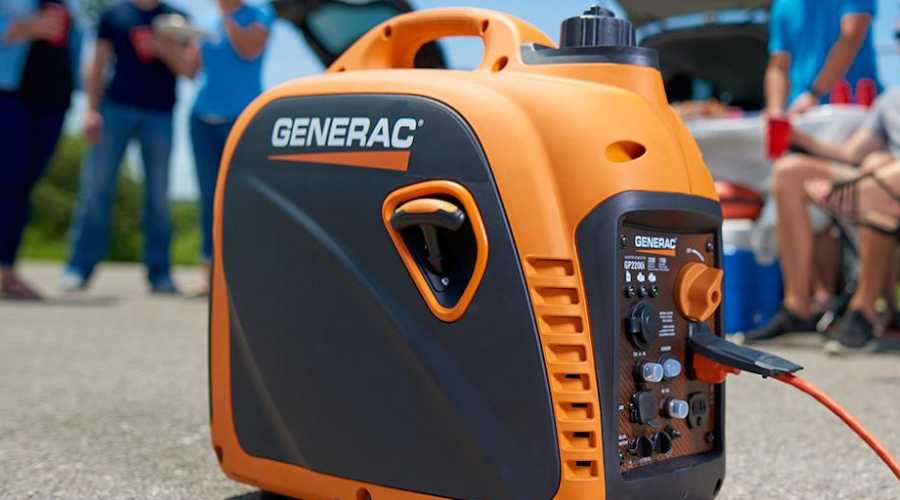
Extension Cords: In some cases, you might be able to use extension cords to connect your tools to a power source closer to your workspace, such as an electrical outlet in your home or garage.
This eliminates the need for a generator, but it’s essential to ensure the cords are of sufficient gauge to handle the tool’s wattage.
Solar Power: For environmentally conscious woodworkers, solar power can be a sustainable alternative. Solar generators and portable solar panels can provide clean energy for your tools, especially if you’re working in an outdoor or well-lit area.
However, their capacity may vary, so it’s crucial to match the system’s capacity to your tool requirements.
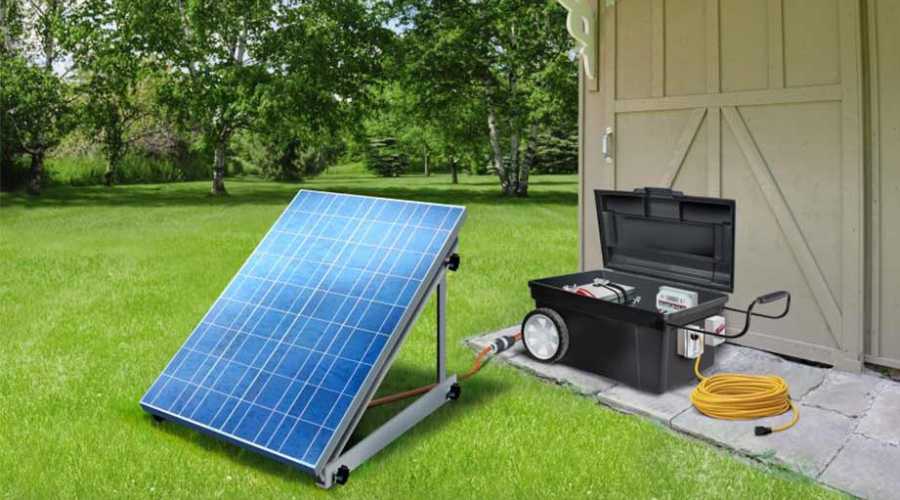
Battery-Powered Tools: Consider investing in cordless power tools that run on rechargeable lithium-ion batteries. These tools have become increasingly powerful and can be an excellent choice for portability and versatility, eliminating the need for a generator.
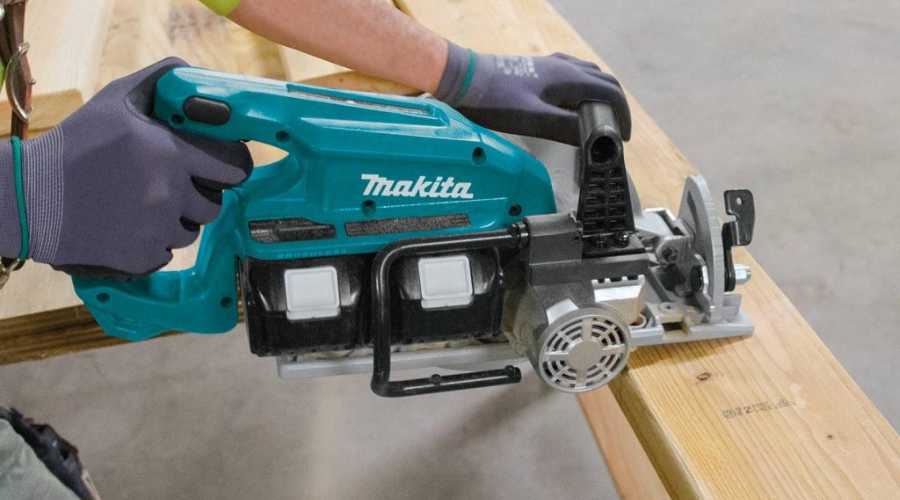
Benefits of Higher-Capacity Generators:
Greater Tool Compatibility: Higher-capacity generators provide ample power for running a wide range of tools, including heavy-duty circular saws, table saws, planers, and air compressors. This versatility is essential for professional woodworkers and contractors.
Simultaneous Tool Operation: With a higher-wattage generator, you can use multiple power tools simultaneously without worrying about overloading the generator. This can significantly increase efficiency and productivity on job sites.
Reduced Risk of Overloading: Operating a generator within its capacity ensures safer and more reliable power distribution. It reduces the risk of tripped circuit breakers or power interruptions during critical tasks.
Longer Lifespan: Generators that operate below their maximum capacity tend to have a longer lifespan and require less maintenance. This can lead to cost savings over time.
Emergency Power: Higher-capacity generators can serve as backup power sources during emergencies, providing electricity for essential appliances and tools during power outages.
In summary, if your power tools demand more wattage than a 2000-watt generator can supply, consider alternative power sources like higher-wattage generators, inverter generators, extension cords, or even battery-powered tools.
The choice depends on your specific needs, portability requirements, and environmental considerations.
Higher-capacity generators offer greater versatility, safety, and efficiency for heavy tool use, making them an excellent choice for professional woodworkers and those tackling substantial projects.
FAQs: Will a 2000 watt generator run a skill saw?
Can a 2000-watt generator power a circular saw?
Yes, a 2000-watt generator can typically handle a standard 7-1/4 inch circular saw, which has a starting wattage of 1800-2000 watts and a running wattage of 1200-1500 watts.
What if I need to use a larger tool like a miter saw with a 2000-watt generator?
Using a 2000-watt generator with a larger tool like a miter saw (starting wattage of 1800-2200 watts) is possible but may push the generator’s limits. Consider tool sequencing and load management to avoid overloading.
How can I ensure safe and efficient operation when using a skill saw with a 2000-watt generator?
Prioritize safety by understanding your tool’s wattage requirements and the generator’s capacity. Start the skill saw before other power tools, avoid high-demand simultaneous usage, and maintain your equipment well.
What are the benefits of higher-capacity generators for power tools?
Higher-capacity generators provide greater tool compatibility, allow simultaneous operation of multiple tools, reduce the risk of overloading, and tend to have longer lifespans, making them ideal for heavy tool use and professional projects.
Are there alternative power sources if my 2000-watt generator is insufficient for my needs?
Yes, alternatives include higher-wattage generators, inverter generators, extension cords to access electrical outlets, battery-powered tools, and even solar power solutions, depending on your specific requirements and environmental considerations.
Conclusion
In the world of woodworking and DIY projects, the quest for power tools and generators that seamlessly sync often leaves us pondering one key question: “Will a 2000 watt generator run a skill saw?” The answer, as we’ve uncovered in this journey, is a nuanced one.
A 2000-watt generator can indeed power various skill saws, provided you understand their wattage requirements, manage your load smartly, and prioritize safety. However, the true power of your decision lies not only in understanding this balance but also in recognizing that the right tool for the job is the one that suits your specific needs.
So, fellow woodworkers, take these insights and wield them wisely in your workshops. Whether you’re crafting intricate masterpieces with a jigsaw or building sturdy structures with a circular saw, your choice of power source can make all the difference.
Embrace the craft, empower yourself with knowledge, and let your creations shine, powered by the perfect tool and the generator that fuels your vision. Make informed decisions, and let your woodworking journey thrive.
Recent Posts
15 Ga vs 16 Ga Finish Nailer: Which One Is Right for Your Project?
If you're diving into the world of finish carpentry or simply trying to upgrade your home tool kit, you've probably run into the question: 15 ga vs 16 ga finish nailer—what’s the big deal? They...
Woodworking in 2025 is all about efficiency, precision, and smart technology. Whether you're a beginner or a seasoned craftsman, having the right tools can make all the difference. Here are the top 7...

